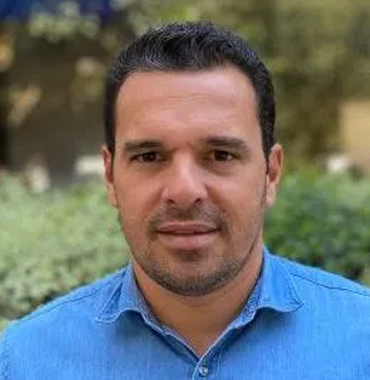
Skull osteoma
Skull Osteoma. Female patient, 48 years old, with a tumor on her forehead for three years. She reports a slow and progressive, painless appearance, which only makes aesthetics more difficult. She has not seen growth in the last year. Nodular, hard lesion, attached to deep planes, approximately three centimeters in diameter. Figures 1, 2 and 3 illustrate the clinical aspect of the lesion and figures 4 and 5 show the radiographic aspect of the image.
To better document these images, we performed a computed tomography (Figures 6,7,8 and 9).
Analysis of the history, clinical picture and images of a homogeneous, compact lesion, with precise limits, producing mature bone, allowed the diagnosis of osteoma, with resection of this lesion for aesthetic reasons. The surgery was performed under general anesthesia and local infiltration to reduce bleeding (figures 10 to 20).
Ostectomy with electric saw
The electric saw did not prove to be the most suitable instrument for performing ostectomy and regularization, as we can see. This was best done with the chisel (figure 17).
Authors of the case
Author: Prof. Dr. Pedro Péricles Ribeiro Baptista
Orthopedic Oncosurgery at the Dr. Arnaldo Vieira de Carvalho Cancer Institute
Office : Rua General Jardim, 846 – Cj 41 – Cep: 01223-010 Higienópolis São Paulo – SP
Phone: +55 11 3231-4638 Cell:+55 11 99863-5577 Email: drpprb@gmail.com























